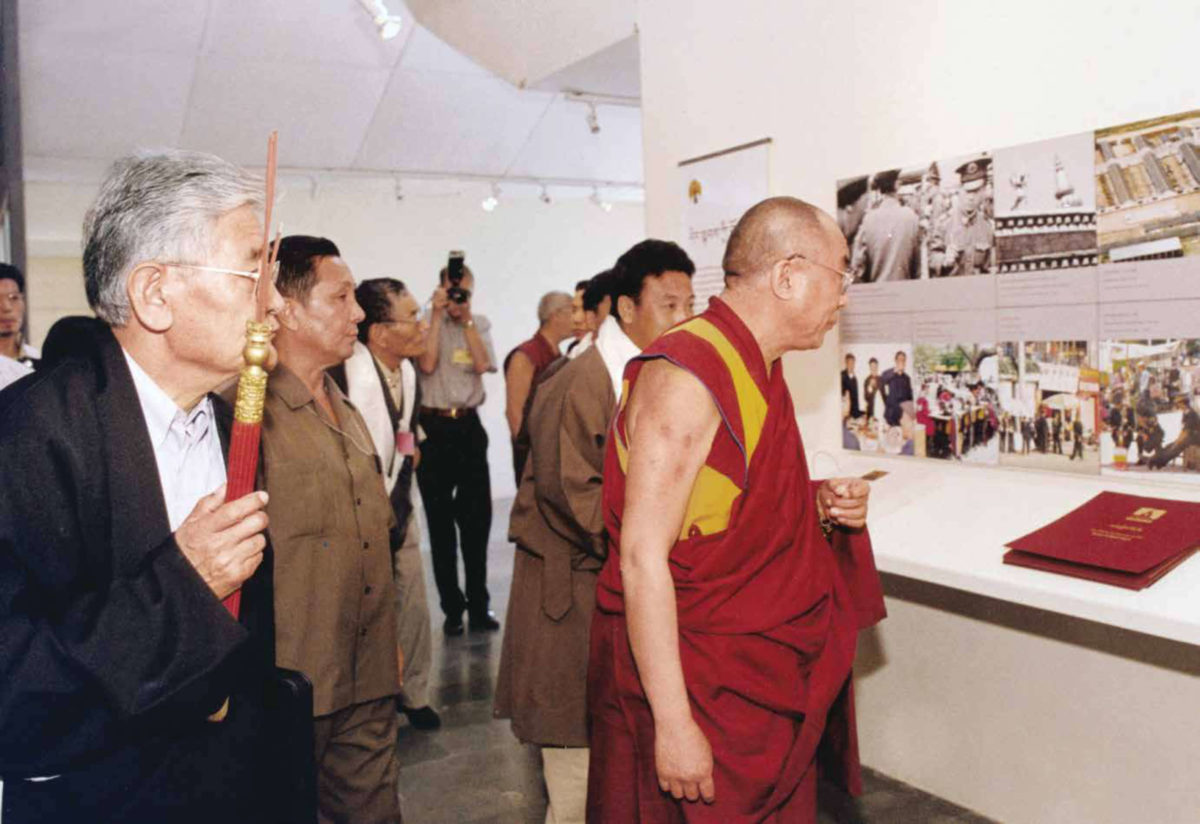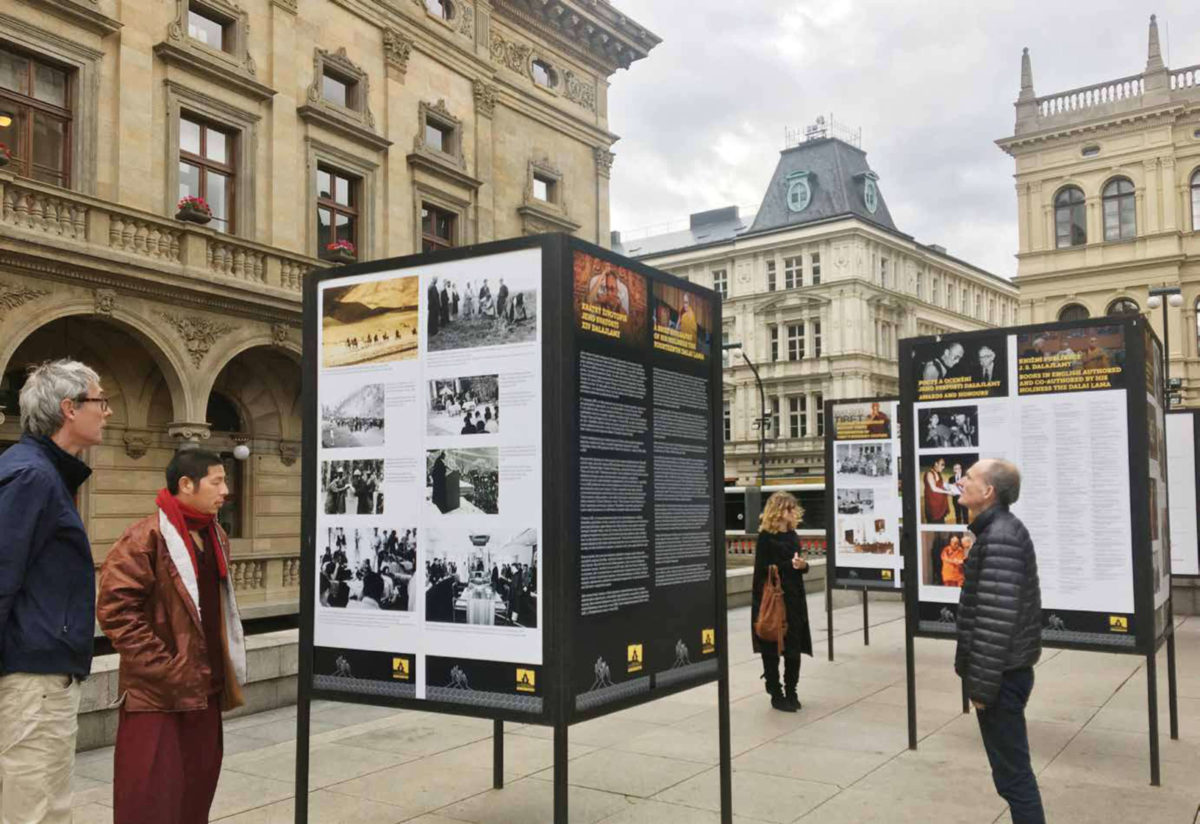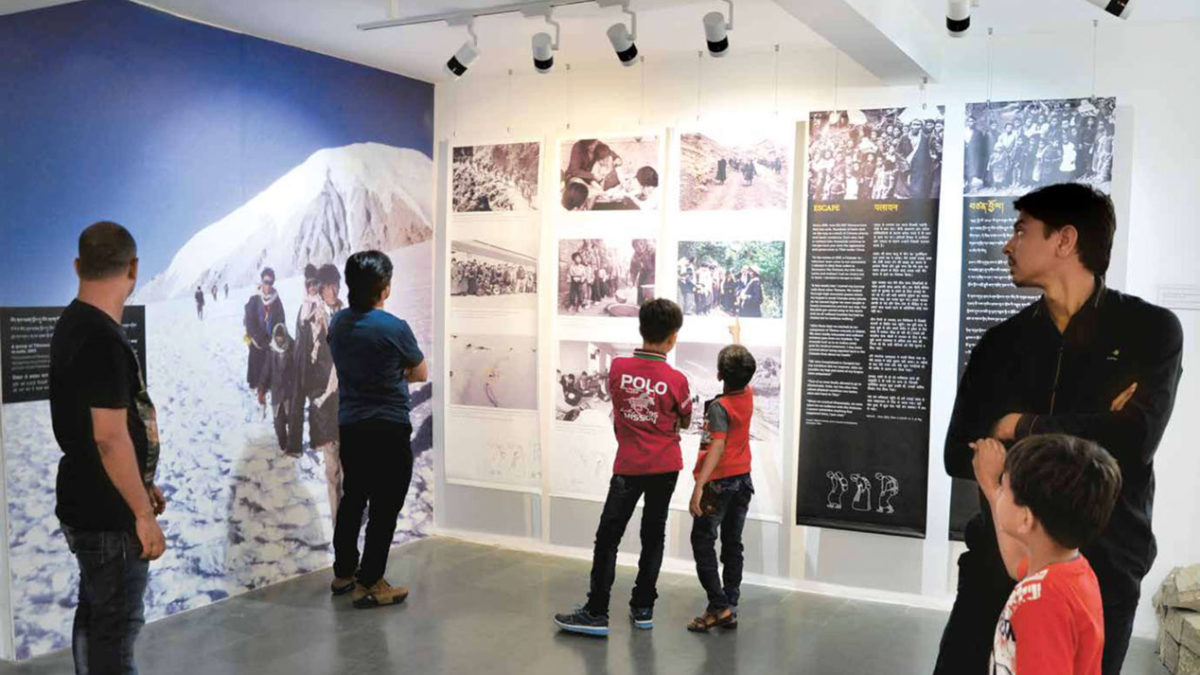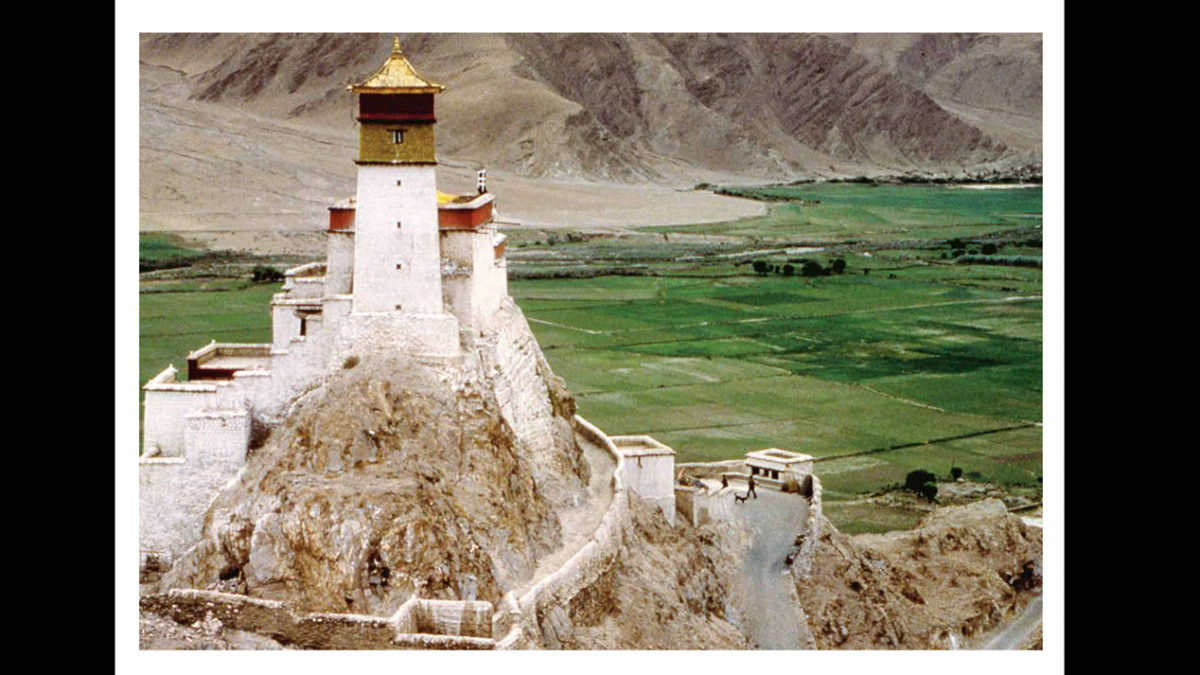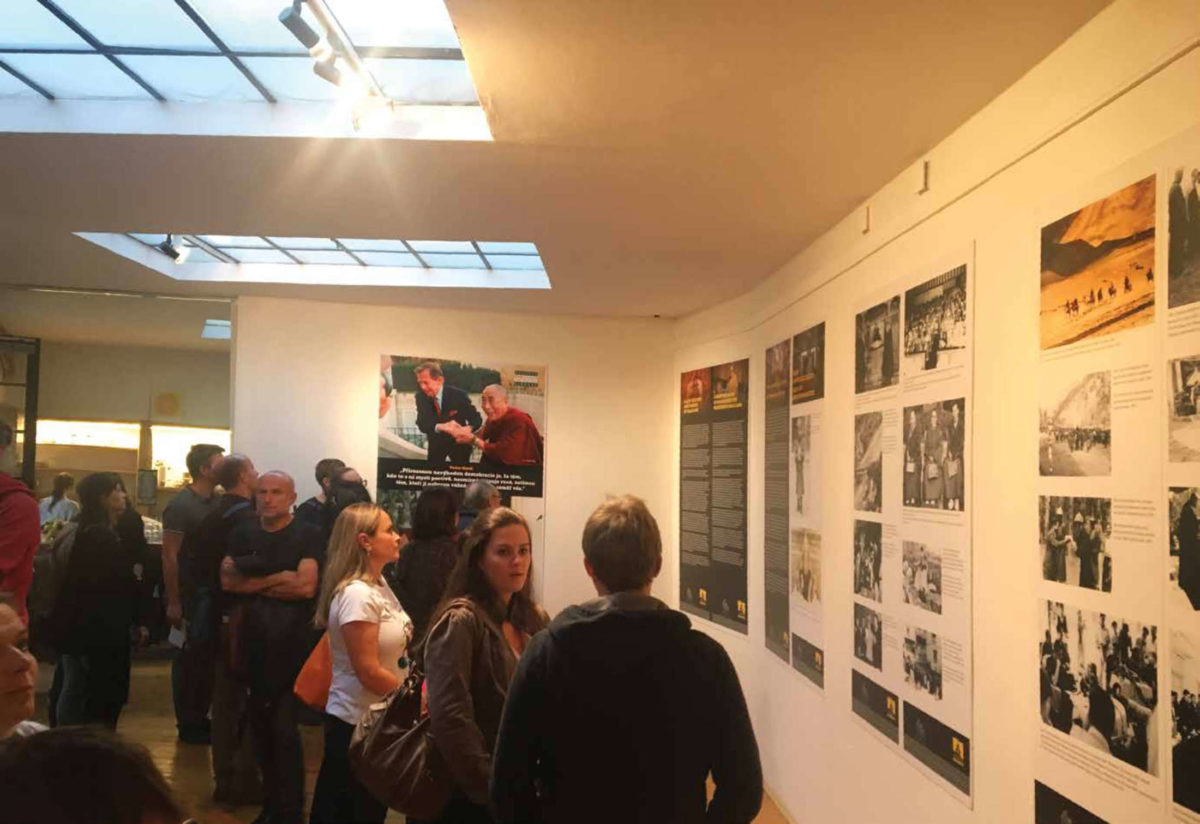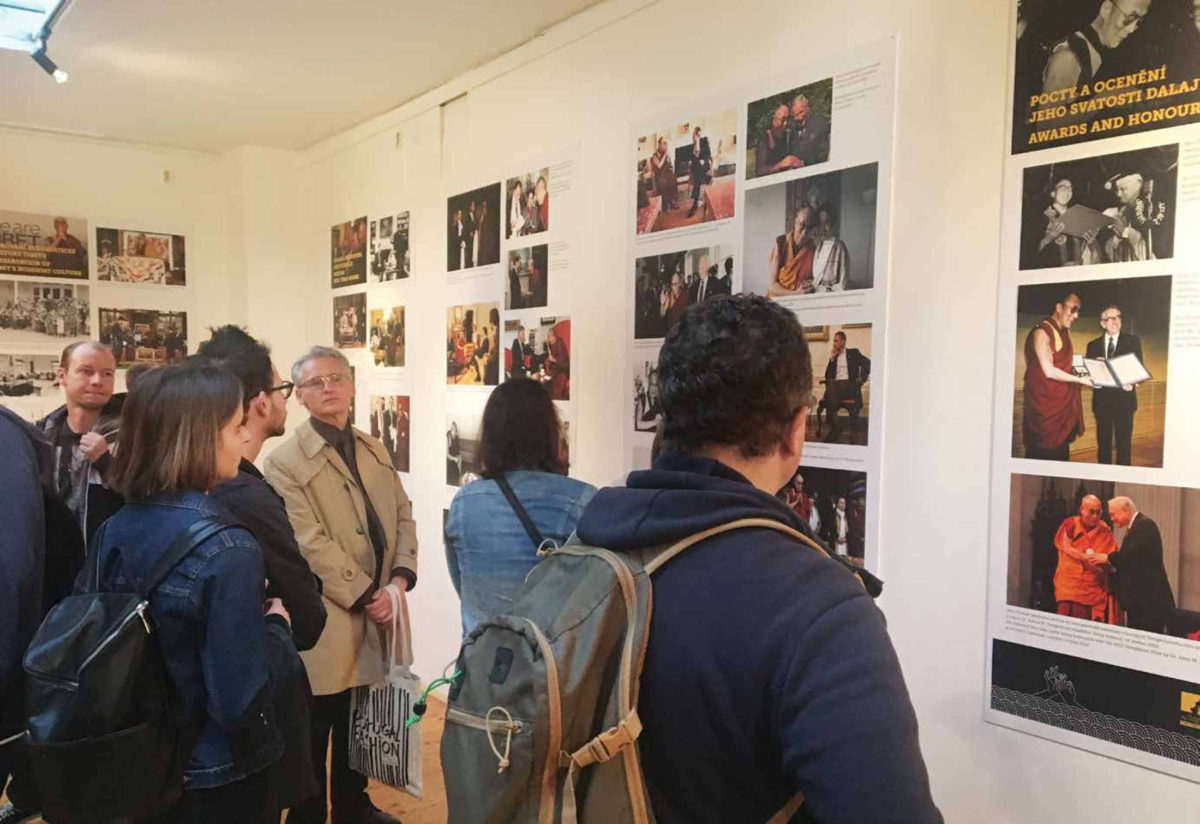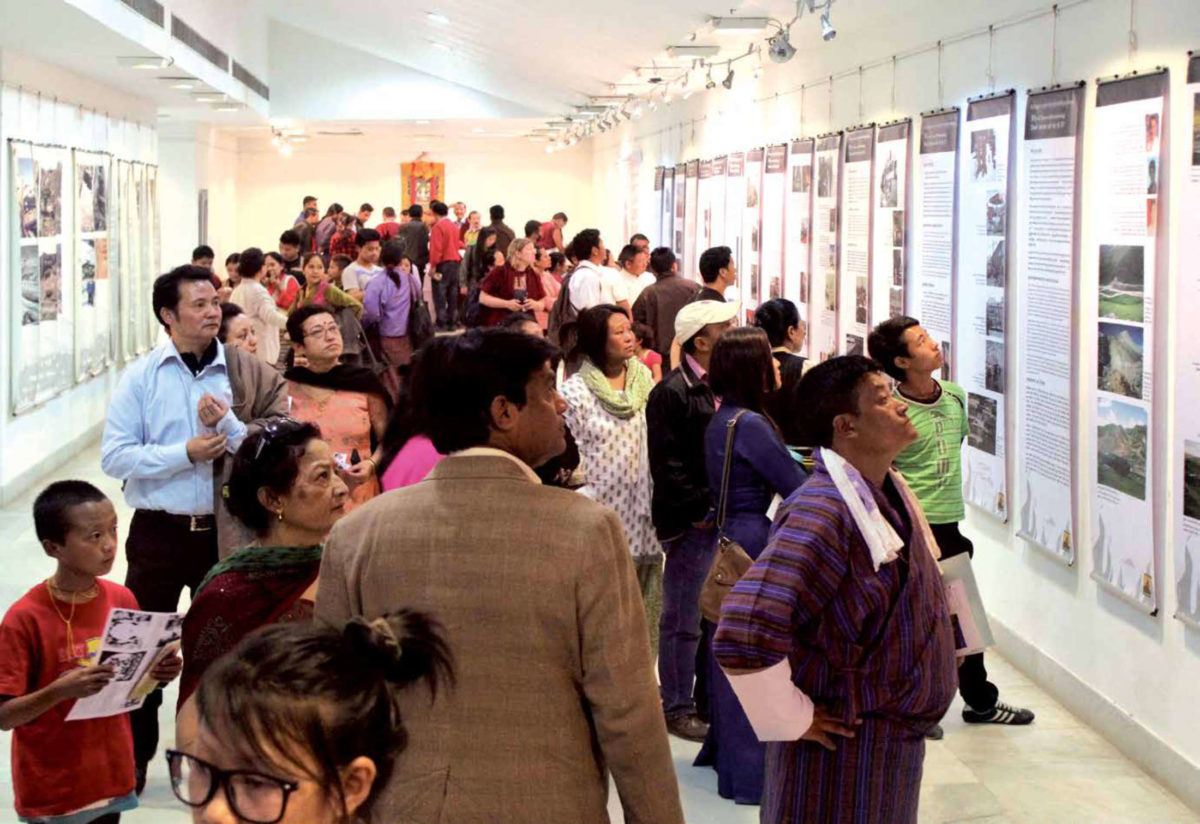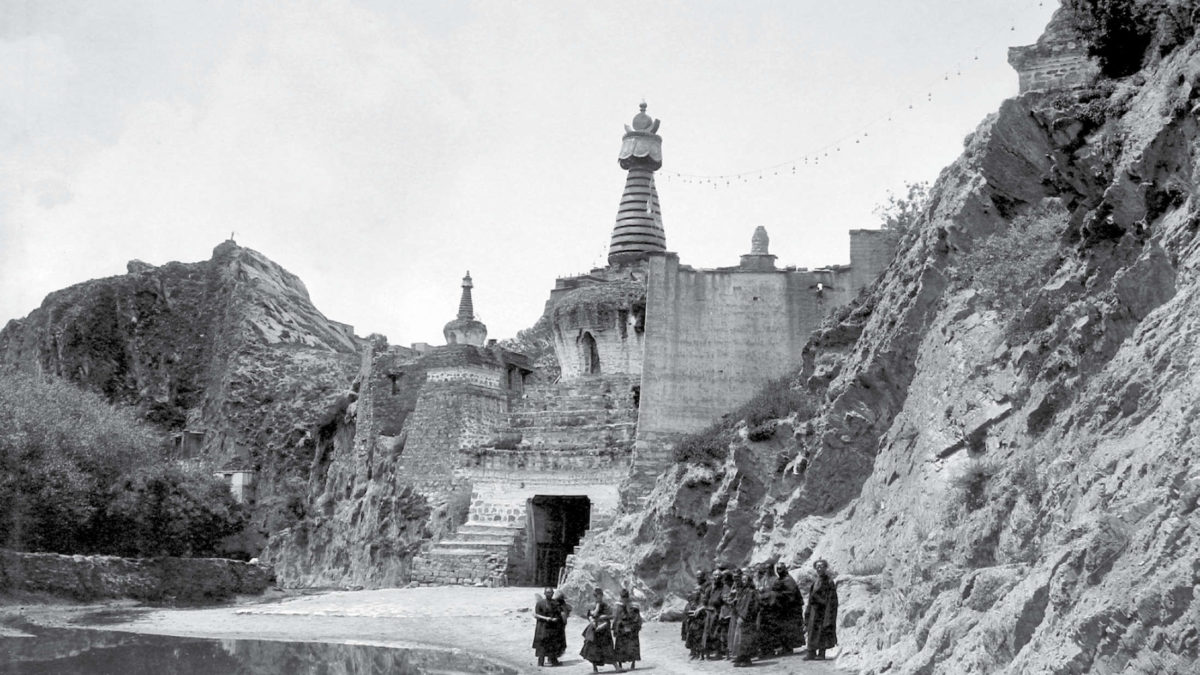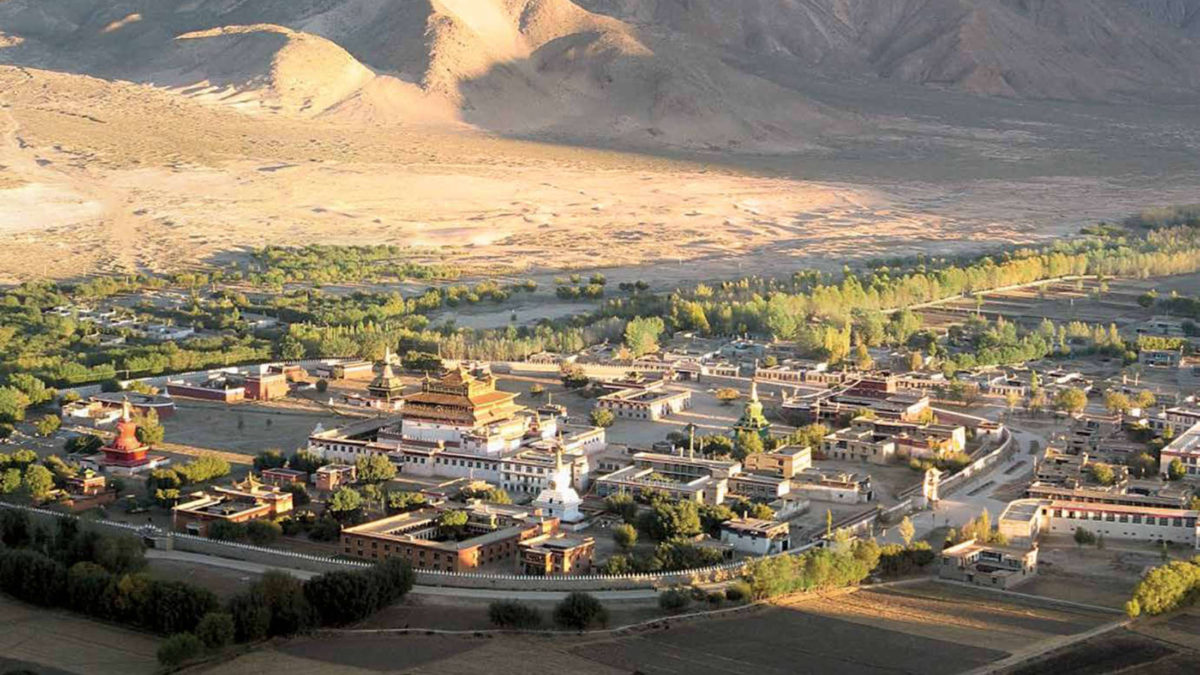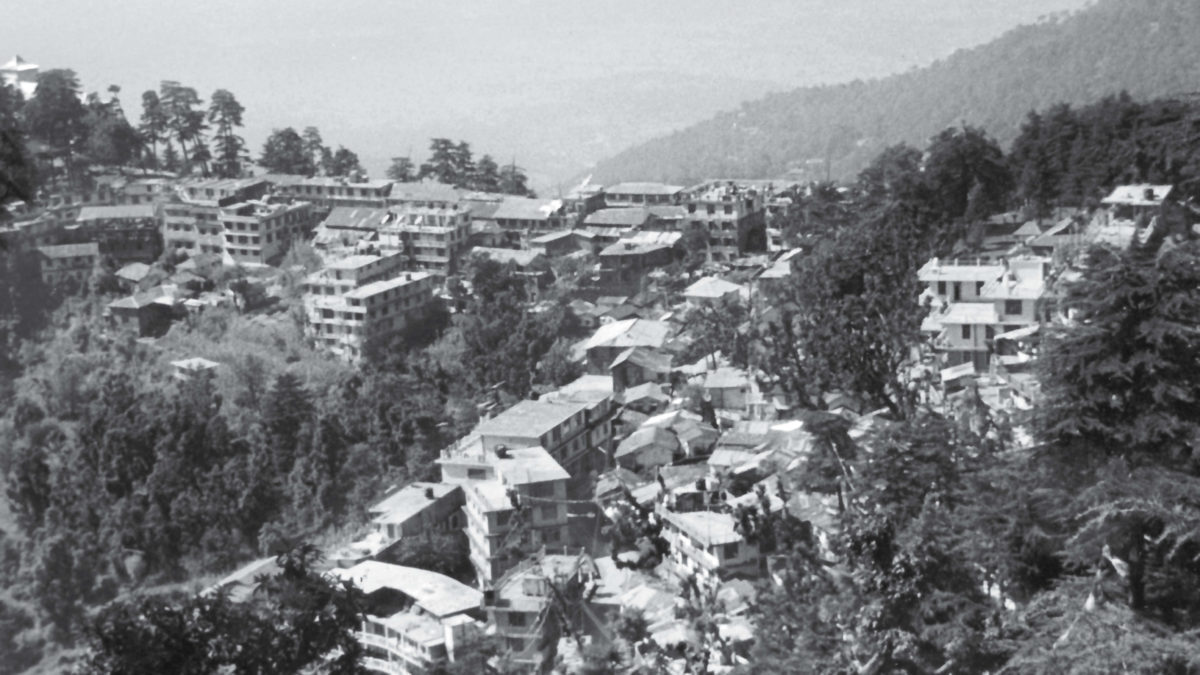The New Museum
Introduction
Now a new Museum, with 9,000 square feet of exhibition space, is being created, due to open in 2021. This new Tibet Museum in Gangchen Kyishong, the seat of Central Tibetan Administration, will depict Tibet in a historic, political and international context, showcasing its unique culture and contemporary developments.
It involves a core Tibetan team complemented by the expertise of curators and consultants from several international capitals. The new Tibet Museum will present state of the art exhibitions focusing on Tibet’s history and the Tibetan freedom struggle, providing spaces for reflection and interactive experience as well as creative and artistic exchange.
The new museum will offer new education programs to suit people of all ages and from around the world. Through its exhibitions and programs, the new museum will seek to engage a global community about the history, culture and present situation of Tibet and its diaspora, while inspiring appreciation for the Tibet struggle and the issues currently facing people in Tibet.
Issues of human rights, democracy, the environment, demographic shifts and cultural preservation will be addressed, along with the teachings and legacy of His Holiness the Dalai Lama and other topics. The new Tibet Museum intends to be an authentic showcase for Tibetan history, culture and the political struggle— it will be an institution that will educate, increase awareness and convey the Tibetan story to young Tibetans and others, enabling visitors from across the world to better understand a great civilization.

